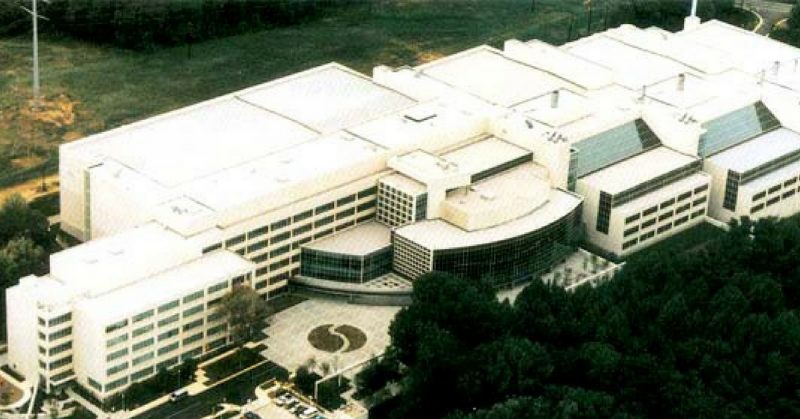Nothing is more important to a historian than evidence. Pictures, documents, personal effects and military paraphernalia usually guarantee historical facts are authentic. The thought, then, of someone who loves history enough to research and write a book on WWII, stealing and defiling artifacts is bewildering. However, that is precisely what happened at the National Archives and Records Administration in College Park, Maryland.
Antonin DeHays, a French historian, was a part-time worker at National History Day, a nonprofit organization devoted to historical education, with special programs and resources for educators based in Maryland. He is also an author, publishing Sainte-Mere-Eglise, an American Sanctuary in Normandy 1944-1948, in 2015. He was a regular at the National Archives research room, studying the landing of American forces on the beaches of Normandy, France, on D-Day in June 1944.
It appears that DeHays was doing more than research. In June 2017, he was charged with theft from the National Archives. During his repeated visits between 2012 and 2017, he had been removing WWII photographs, personal letters and small pieces of recovered aircraft. He also stole almost three hundred dog tags from downed American airmen. The Nazis confiscated all personal effects from prisoners and dead bodies in Germany and the occupied countries and kept records of their dog tags. They were given to the US after the war.

Dog tags, as they are nicknamed, are rectangle nickel and copper alloy identification labels, that every member of the military is required to wear on a chain around their necks at all times. Their name and service number are embossed on the metal. Dog tags are a very personal item and until modern DNA testing was the only way to identify a body. Most military personnel keep their dog tags after they leave the service and pass them on to their children.
The tags DeHays stole, were from unrecovered bodies that were missing in action, prisoners of war or died in plane crashes in Nazi Germany. They included a set belonging to a Tuskegee Airman, which DeHays used as barter to sit in a WWII aircraft. Many of the dog tags showed evidence of exposure to fire. Two dog tags had been joined together – one from WWI and the other from WWII – belonging to a father and son. DeHays kept a few of the artifacts for himself, but most of the remainder of the stolen items he sold on e-Bay or a similar site.
Not only did DeHays steal them, but he also defaced them so they could not be traced back to the National Archives. He advertised the dog tags as “burnt and show some stains of fuel, blood . . . very powerful items that witness the violence of the crash.”

DeHays sold military IDs, photographs, and important WWII documents. He was brazen enough to have his picture taken with the brass tags of the Tuskegee Airman, Leonard R. Willette before he “donated” them so he could sit in a classic WWII plane, the Spitfire. He also had his photo taken and published in a French news article, along with the dog tags of US Airman Henry W. Davis. Special Agent David Berry of the Office of Inspector General, noticed the tags matched the National Archives file picture.
After his apartment was searched and an indictment for his arrest was issued, DeHays admitted his guilt in the whole affair. He is scheduled to be sentenced in April 2018, when he could be given the maximum sentence of ten years in prison.
The Archivist of the United States, David Ferriero, said in a statement: “As a veteran, I am shocked at allegations that a historian would show such disregard for records and artifacts documenting those captured or killed in World War II.”
